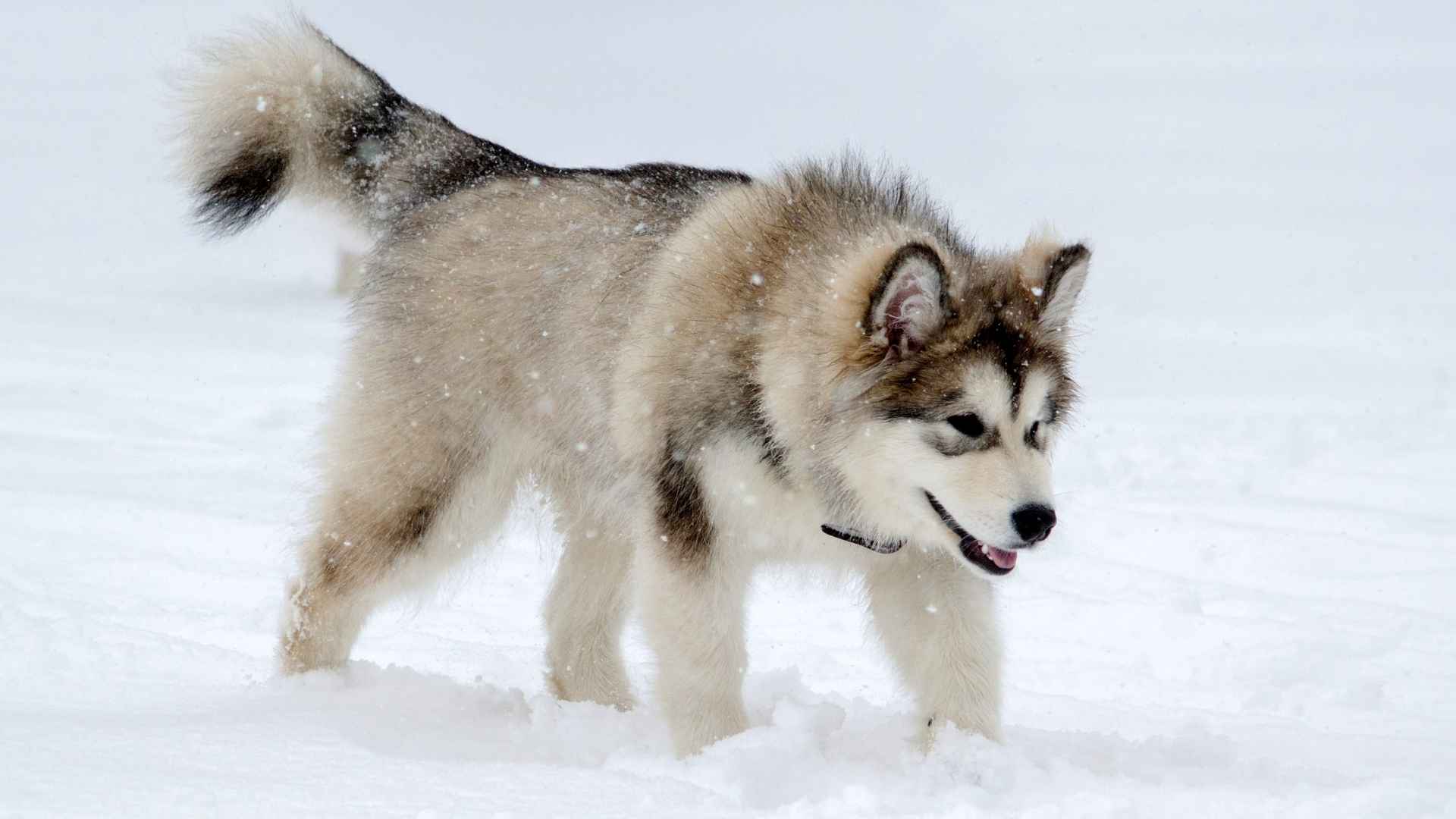While some dogs curl up at the slightest chill, others burst through the snow like it’s their personal playground. For certain breeds, winter isn’t just a season—it’s their element. These cold-loving canines come wrapped in very thick coats, tough paws, and a deep-rooted love for frosty weather.
Whether they were bred to pull sleds across icy tundras or guard livestock high in the snowy mountains, these breeds have adapted to freezing temperatures in remarkable ways. Their double coats insulate like nature’s version of a thermal jacket, and their endurance levels are nothing short of impressive.
If you live somewhere where winter lasts more than a few months—or if you’re just a snow lover at heart—these snow dog breeds might be your perfect match.
Let’s explore the fluffiest, frost-friendliest, best snow dog breeds that were built to brave the cold and cuddle by the fire afterward. Get your mittens ready—these dogs are chill, literally and figuratively.
Dog Breeds Suited For Cold Climates
1. Siberian Husky
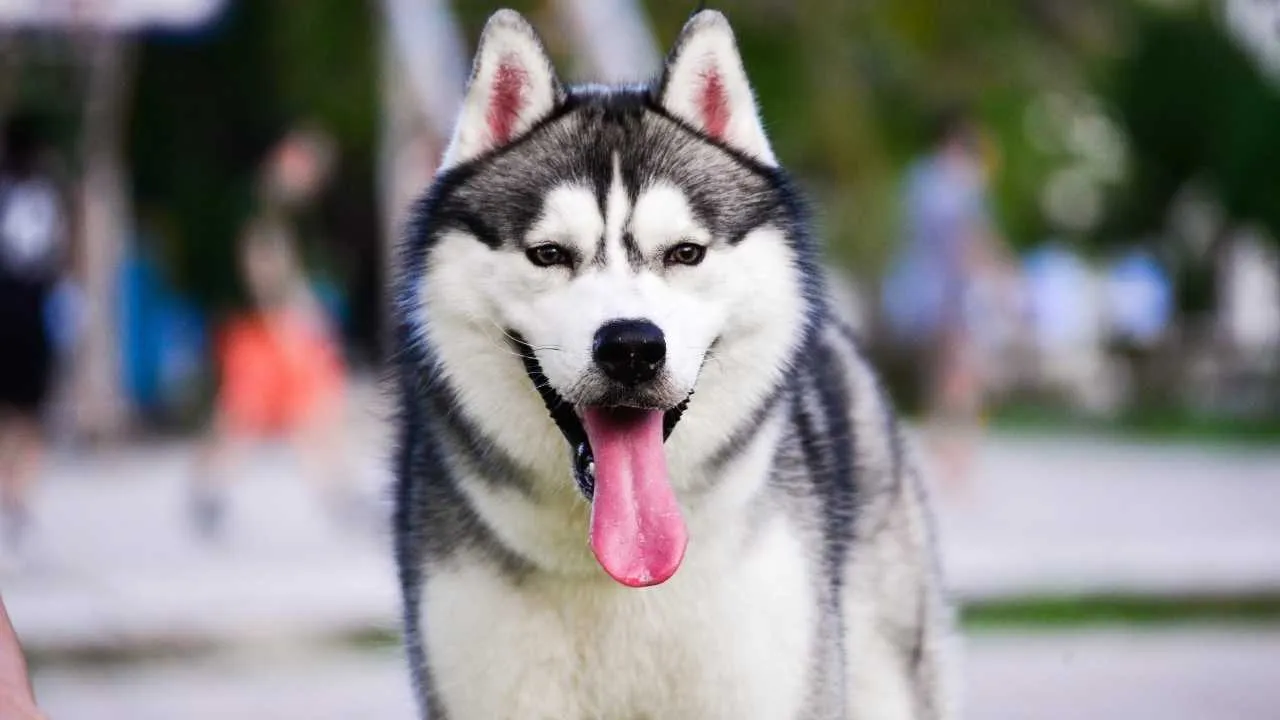
If there’s one dog that’s built for cold weather and a good time, it’s the Siberian Husky.
These majestic fluffballs come from the icy tundras of Siberia, where their thick double coat keeps them toasty even when temperatures plunge well below zero. Husky fur? Think of it like nature’s own high-tech winter jacket—soft, dense, and incredibly insulating.
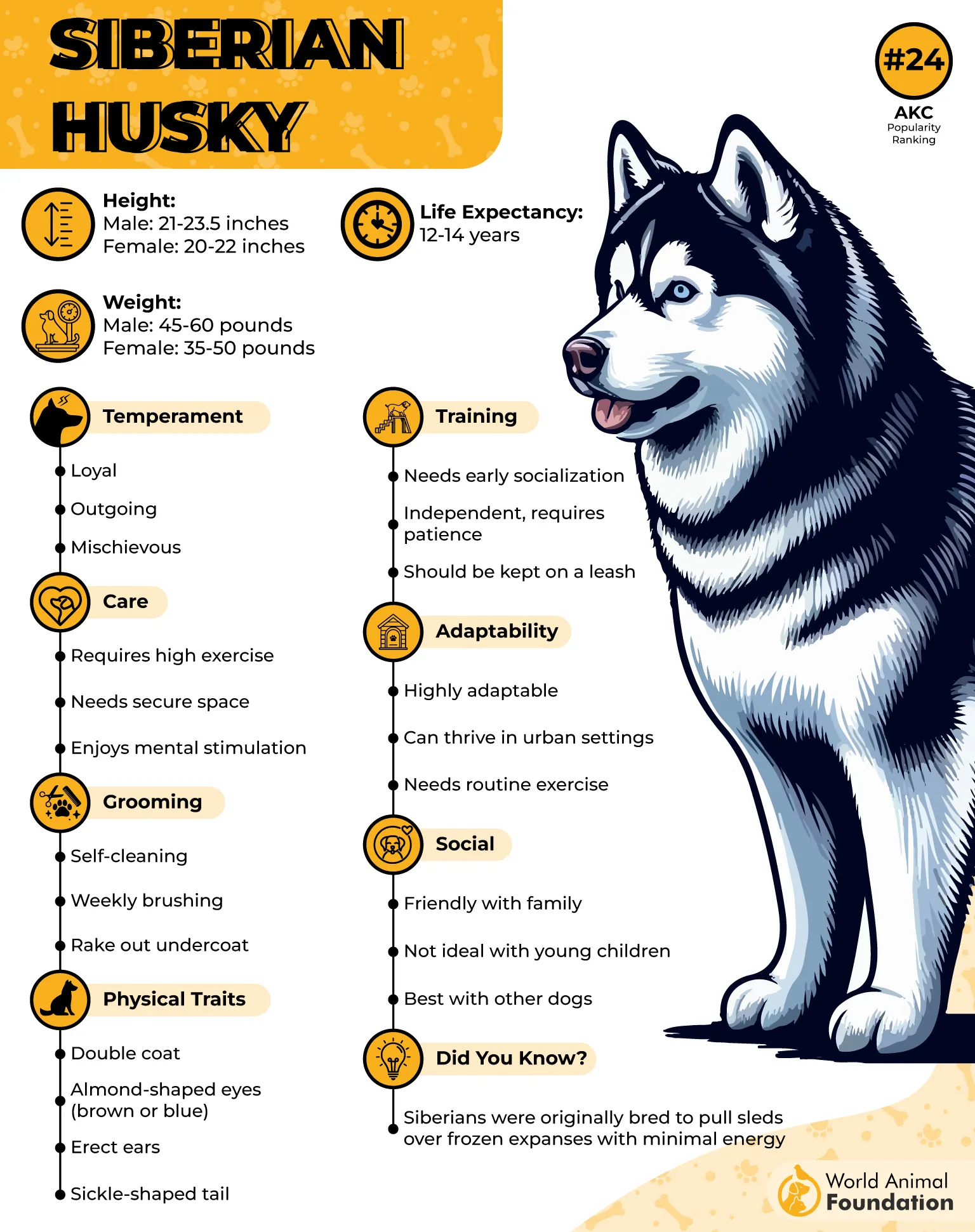
But don’t let that fluffy exterior fool you—these winter dogs have high-energy athletes born to run, pull sleds, and basically turn any snowy backyard into their personal playground.
Known for their striking blue (or sometimes heterochromatic!) eyes and those iconic “talking” howls, Huskies are as charming as they are mischievous.
Why Siberian Huskies Are the Cold-Weather MVPs:
Thick double coat built to handle Arctic temps like a pro
Boundless energy that keeps them sprinting, sledding, and snowball chasing
Friendly, social, and always ready to make new friends—both human and canine
They’ll greet winter with a wagging tail and a big grin, ready to turn every snowflake into an adventure.
Bonus Fun: Huskies have a secret superpower—they can make even the coldest day feel warm with their contagious smiles and goofy antics.
2. Alaskan Malamute

If the Siberian Husky is the sleek speedster, the Alaskan Malamute is the heavyweight champion built for strength and endurance.
These big, beautiful dogs come equipped with a dense double coat that laughs in the face of freezing temps. Originating from Alaska, Malamutes were originally bred to haul heavy loads across icy landscapes, making them perfect companions for cold climates and rugged adventures.
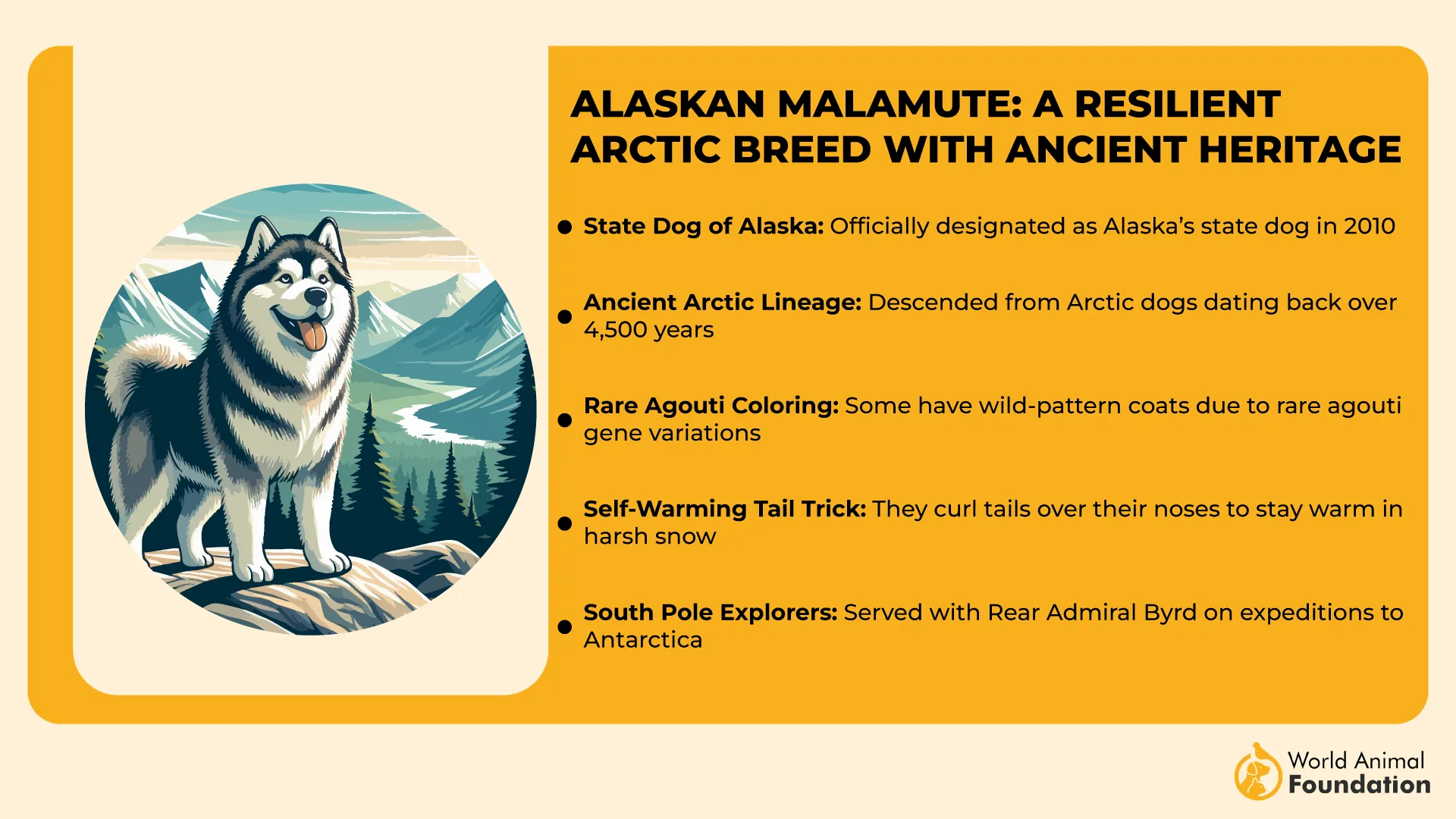
With their wolf-like appearance and friendly demeanor, Malamutes are as loyal as they are majestic. They adore outdoor playtime but will happily curl up by the fire when the snow starts falling hard. Just be ready for some serious shedding—because all that fluff doesn’t come cheap.
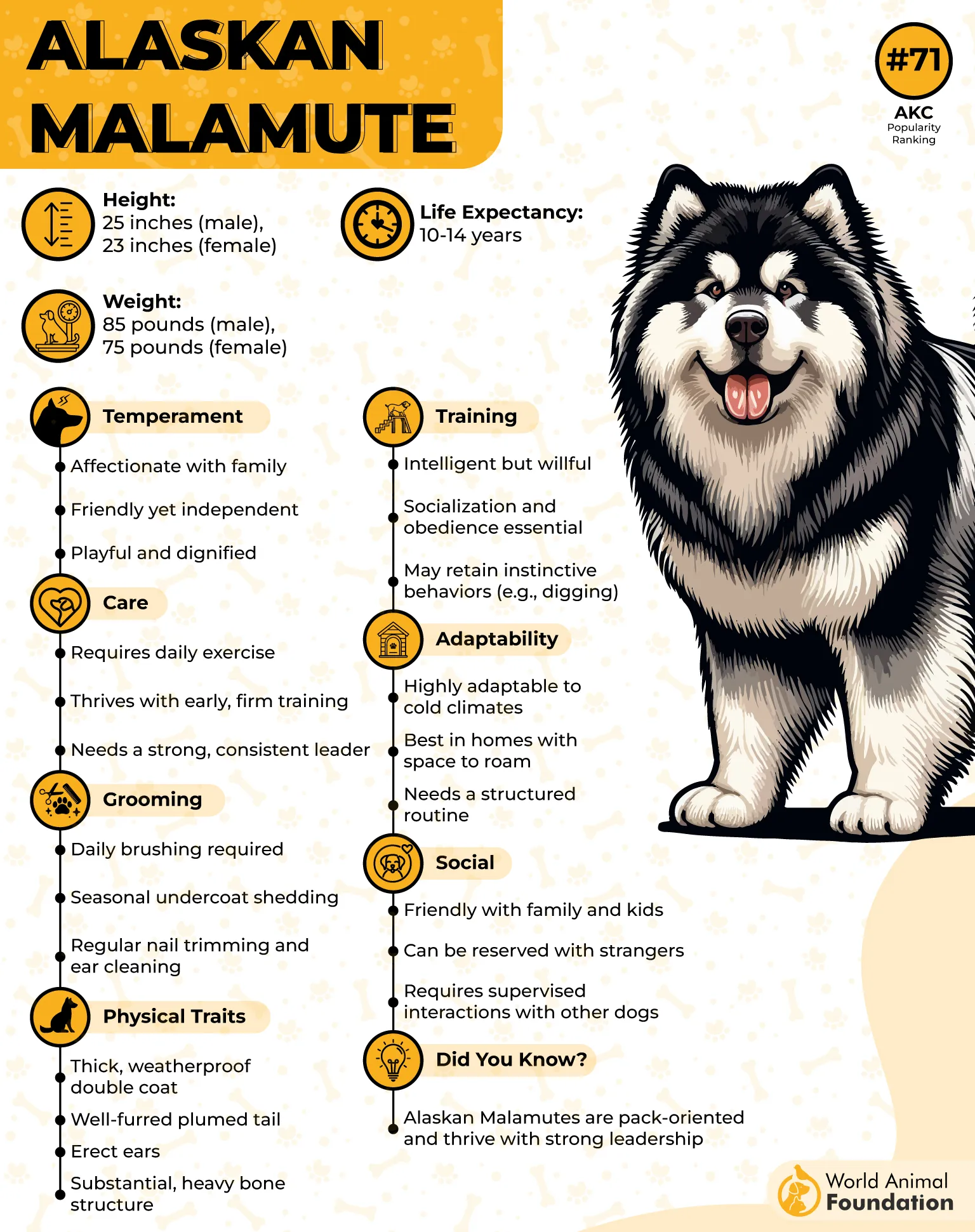
Why Alaskan Malamutes Rule the Cold:
Muscular, powerful bodies built for pulling and endurance
Friendly, affectionate, and great with families (just don’t challenge them to a tug-of-war—they’re pros)
Shed like they’re trying to make snow angels inside your house
Bonus Fun: They might look like fierce Arctic wolves, but Malamutes are big softies with a love for belly rubs and snowball chases.
3. Great Pyrenees
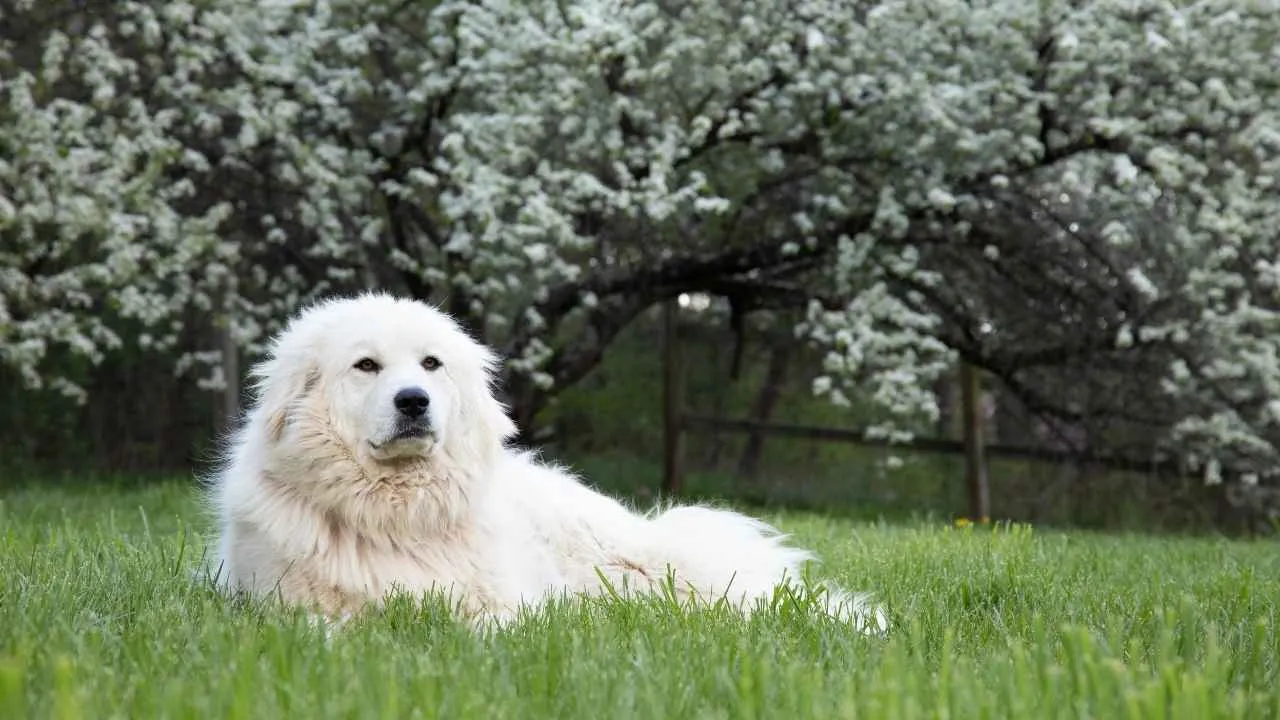
Great Pyrenees are basically the original snow sheepdogs—built to brave the cold, guard flocks, and look utterly majestic doing it. Due to their role in protecting livestock from large predators, the Great Pyrenees is a notably large breed.
They typically stand between 25 and 32 inches tall at the shoulder, with females averaging around 85 pounds and males often exceeding 100 pounds.
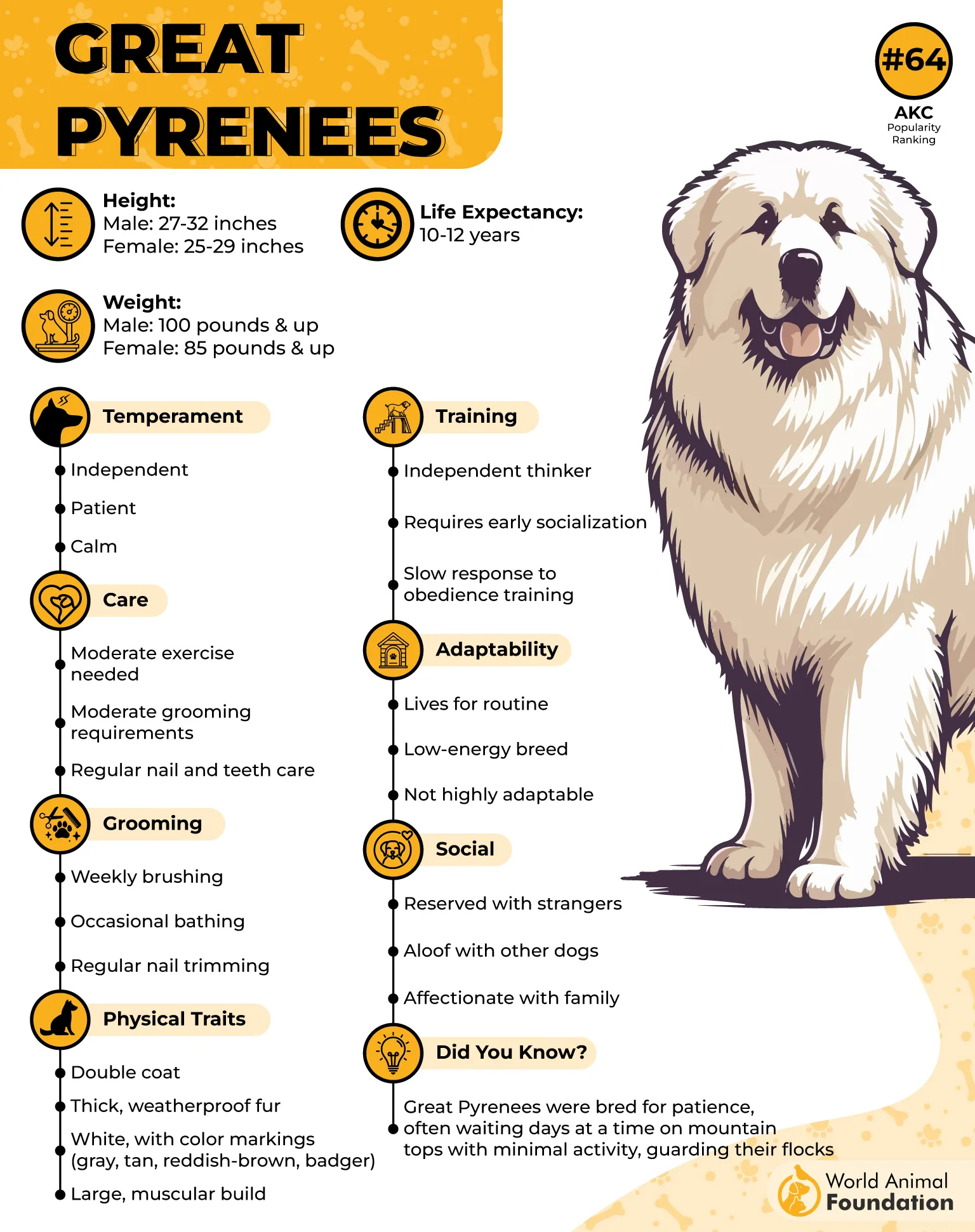
Their thick, weather-resistant white coats act like fluffy armor, protecting them from frostbite and biting winds in the mountains. These dogs are calm, patient, and fiercely loyal—think of them as gentle giants who moonlight as your personal bodyguards.
Despite their size and fluffy coat, they have a quiet dignity and rarely bark without good reason. Perfect for cold climates, they enjoy long walks in the snow and plenty of space to roam. Plus, their striking presence is sure to turn heads wherever you go.
Why Great Pyrenees Are Snow Day Superstars:
Thick, dense white coats are perfect for snowy weather and chilly winds
Large, sturdy build with gentle, protective instincts
Natural watchdogs who guard without unnecessary noise
Great Pyrenees make excellent family companions as they get along well with other pets but also appreciate having their own space. They often need a quiet spot where they can retreat and relax away from more energetic or playful companions.
Despite their thick, abundant fur, their grooming needs aren’t overwhelming since their long outer coat resists dirt and tangles. Still, regular weekly brushing is important to keep their soft undercoat healthy and to reduce shedding around the house.
4. American Eskimo Dog
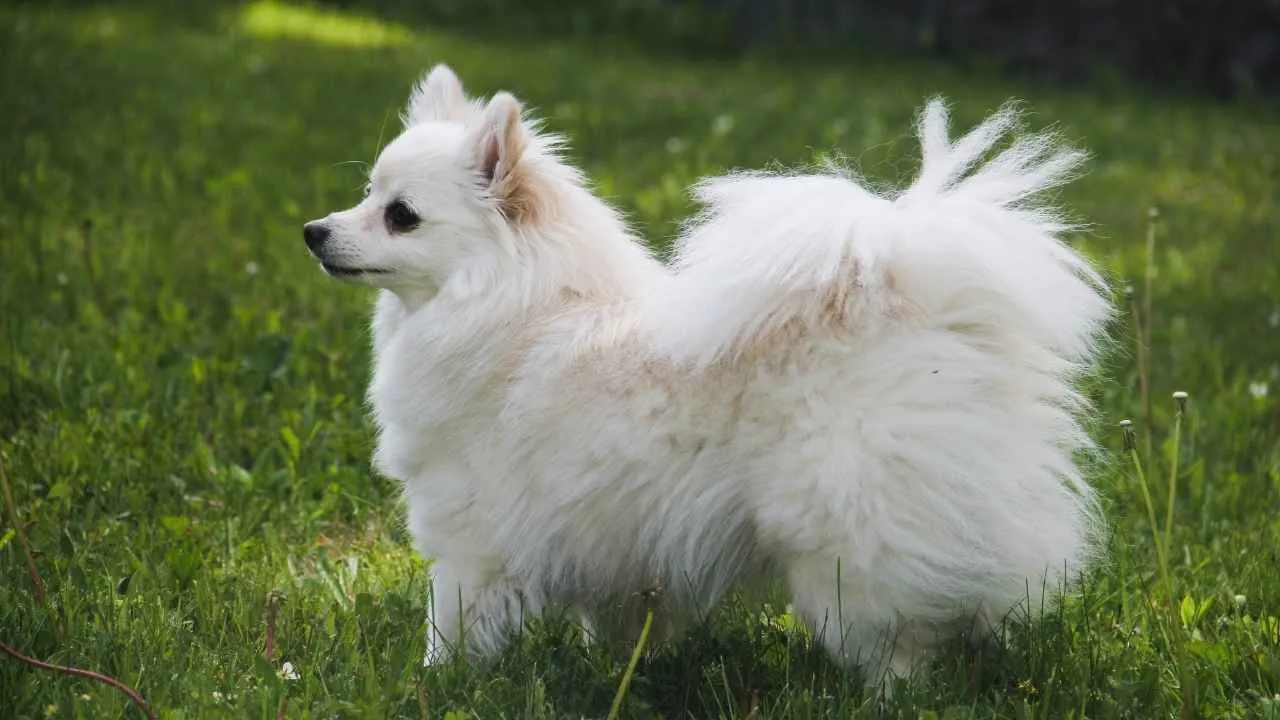
Don’t let the name fool you—American Eskimo Dogs aren’t actually from Alaska, but they sure look like they’re ready to conquer any snowstorm.
With their thick, white double coats and proud plumed tails, these fluffy bundles are built to brave cold temperatures with style. Compact yet sturdy, Eskies are friendly, smart, and love being the center of attention (which is easy when you look this good in snow).
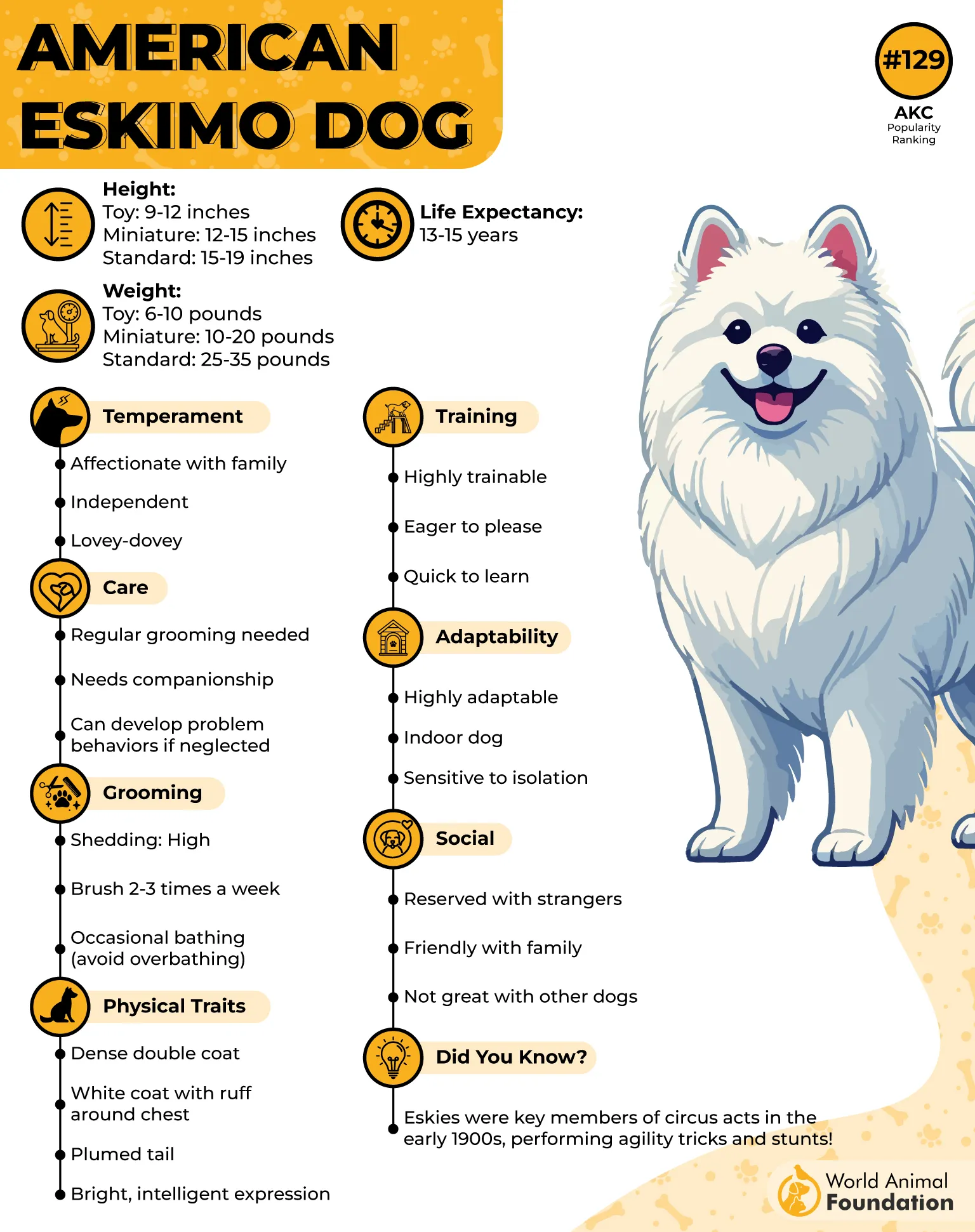
These little snowballs have a lively spirit and a playful streak, making them perfect for families who want a dog that can handle winter adventures without giving up on cuddles. Their alert nature also makes them surprisingly good watchdogs, even if their cute looks might make intruders hesitate.
Why American Eskimo Dogs Shine in the Snow:
Compact size with a bold, confident personality
Playful, intelligent, and easy to train
Alert watchdogs with a surprisingly loud bark for their size
American Eskimo Dogs are highly social and thrive on being involved in family life. When neglected or undertrained, these small dogs can develop behavioral issues because they crave attention and interaction.
Among the most trainable breeds, these clever and kid-friendly dogs truly embody the phrase “eager to please,” making them wonderful companions for families willing to invest time and energy into their training and care, according to the American Kennel Club (AKC).
5. Samoyed
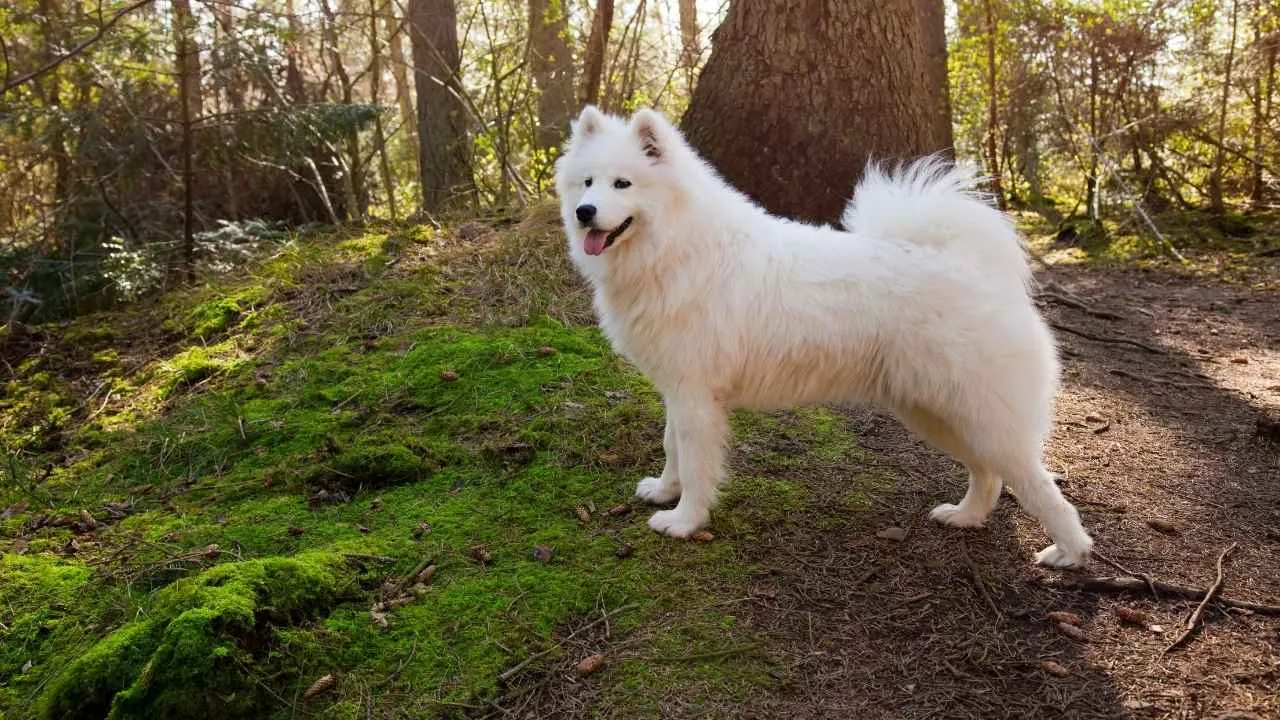
Samoyeds don’t just tolerate cold weather—they thrive in it. Their legendary “Sammy smile” and fluffy white coats make them look like they’re perpetually ready for a winter festival.
Bred to herd reindeer and pull sleds in Siberia, these dogs have thick, dense fur that keeps them warm and dry no matter how fierce the blizzard.
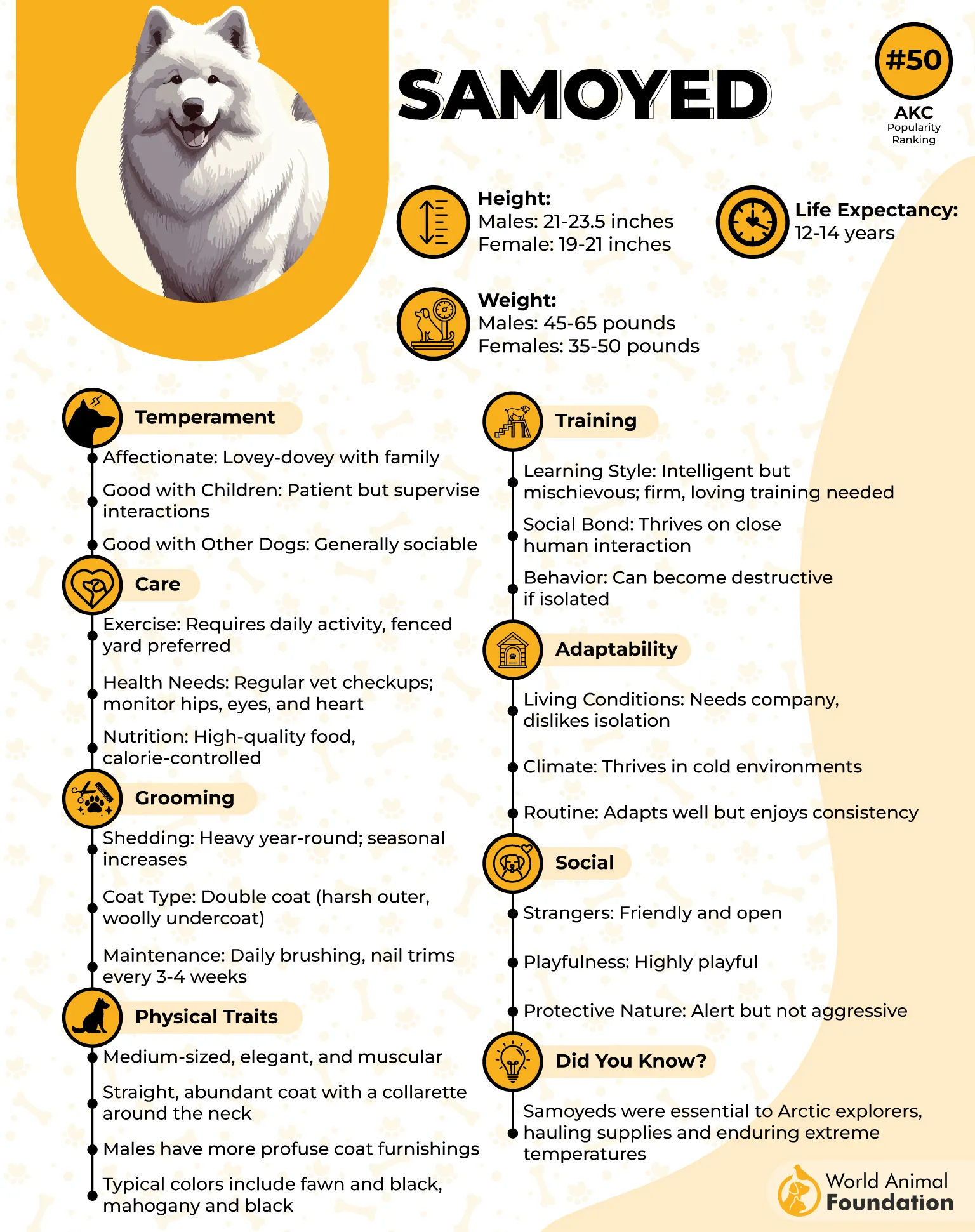
Samoyeds have a thick double coat made up of a long, straight topcoat and a dense, soft undercoat that keeps them warm in cold climates. These medium-to-large dogs typically weigh between 35 and 65 pounds and stand confidently between 19 and 23.5 inches tall.
Beyond their good looks, Samoyeds are incredibly friendly, social, and affectionate, making them wonderful family dogs who love to be involved in all the fun.
Why Samoyeds Are Winter’s Best Friend:
Thick, plush coats that repel snow and ice like magic
High energy but gentle nature—perfect for active families
Sociable and affectionate, loving everyone from toddlers to strangers
With their playful, alert, and friendly nature, Samoyeds can be wonderful companions for first-time dog owners—provided they’re prepared to handle the breed’s high exercise and grooming demands.
These dogs need daily brushing to keep their thick coats healthy and are not suited to hot weather. Owners should watch closely for signs of overheating, as Samoyeds can be prone to heatstroke.
6. Bernese Mountain Dog
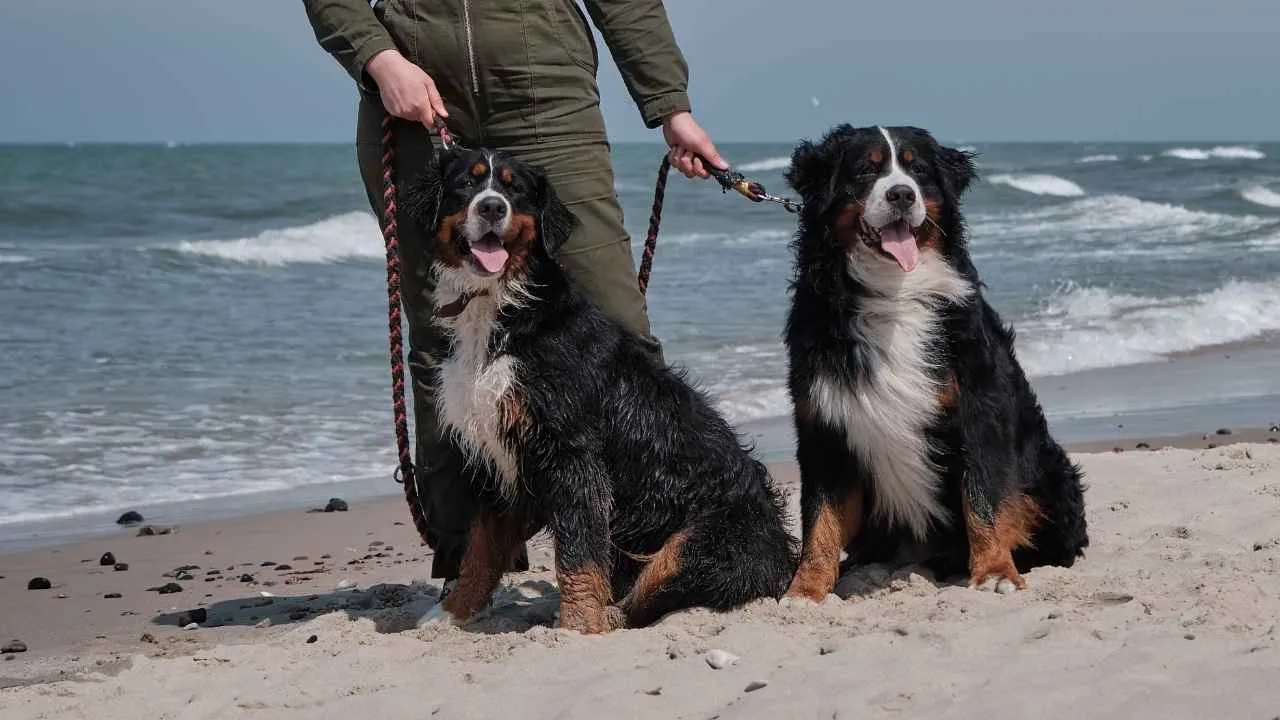
Bernese Mountain Dogs are basically the teddy bears of the cold—big, fluffy, and impossible not to love. Bernese Mountain Dogs were brought to the U.S. in the 1920s to work as farm dogs, but today they’re cherished mostly as gentle family companions.
The most striking feature of Bernese Mountain Dogs is their impressive size—typically, they stand between 23 and 27.5 inches tall and weigh anywhere from 70 to 115 pounds.
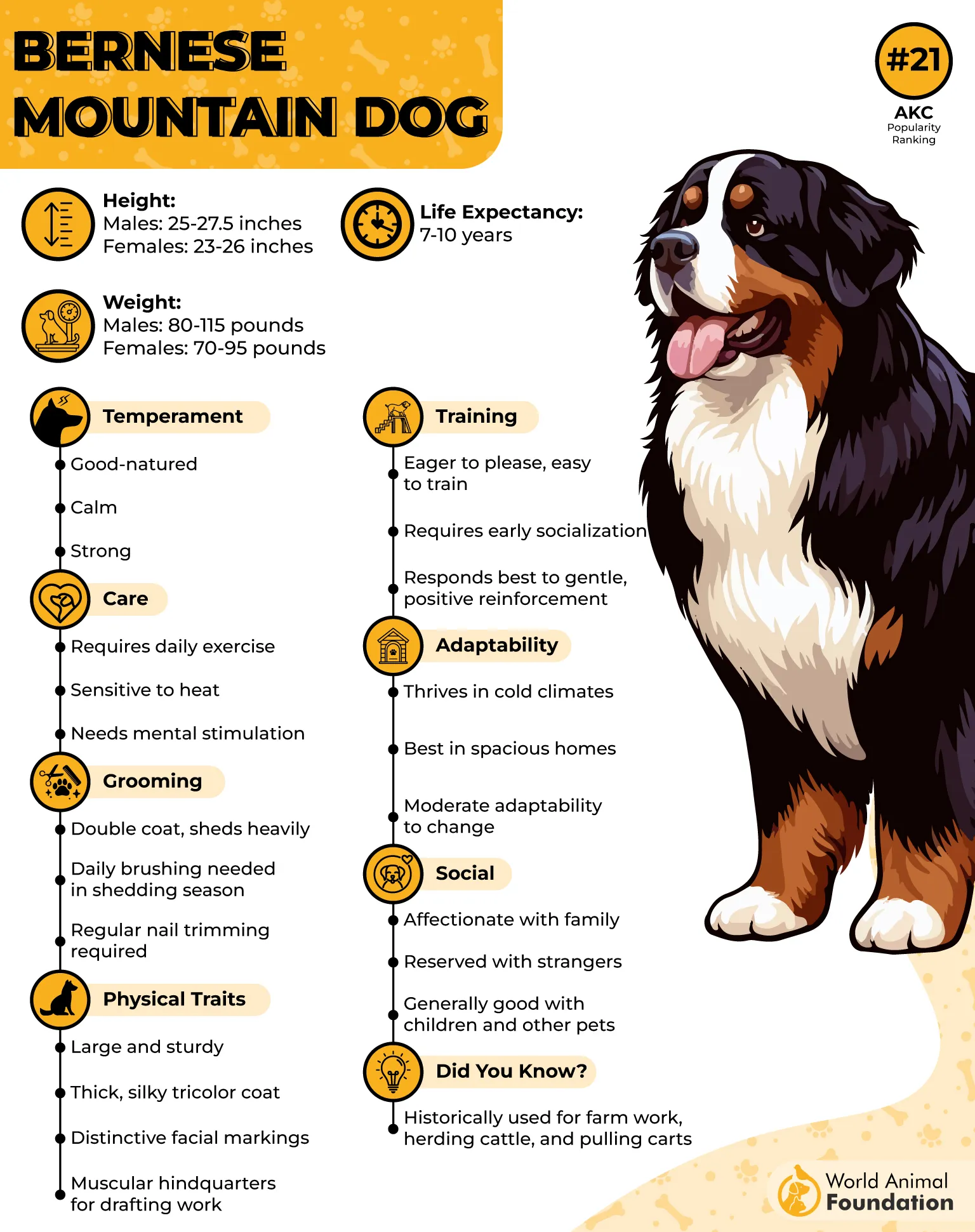
With their thick, tri-colored coats (black, white, and rust), they’re perfectly built to enjoy those chilly days and crisp mountain air.
Known for their calm, friendly, and patient nature, Berners make fantastic family companions who love outdoor adventures as much as lazy snow-day snuggles. The Bernese Mountain Dog is fairly adaptable to change and minor stress, but they can be shy when introduced to new environments.
Why Bernese Mountain Dogs Are Cold-Weather Royalty:
Large, sturdy build built for wintery walks and hikes
Calm, gentle, and great with kids and other pets
Loves the cold, but watch out when temps start climbing
Berners shed heavily all year round. They require a devoted pet parent who’s willing to keep up with regular grooming and doesn’t mind finding extra fur on the couch, floors, and clothing.
According to VCA, these pups thrive in cold-weather climates but tend to wilt in the heat, so they’re definitely winter’s best friend. Their heavy coats require a bit of upkeep, but it’s worth it to keep them comfy and looking majestic.
7. Tibetan Mastiff
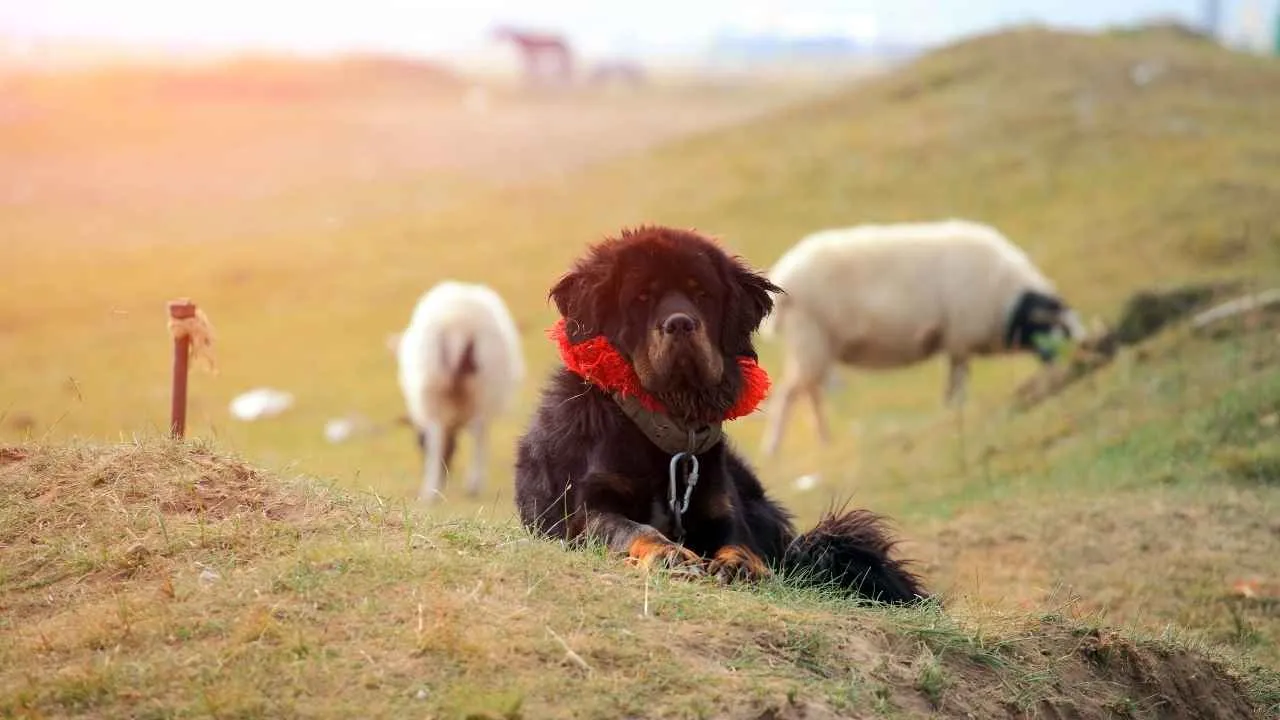
The Tibetan Mastiff is like a legend wrapped in fur—huge, fluffy, and fiercely loyal. Bred for guarding monasteries high in the Himalayas, these dogs come with a thick, immense double coat that laughs in the face of icy winds and snowstorms.
Their massive size and impressive mane give them the look of a mountain king surveying their snowy kingdom.
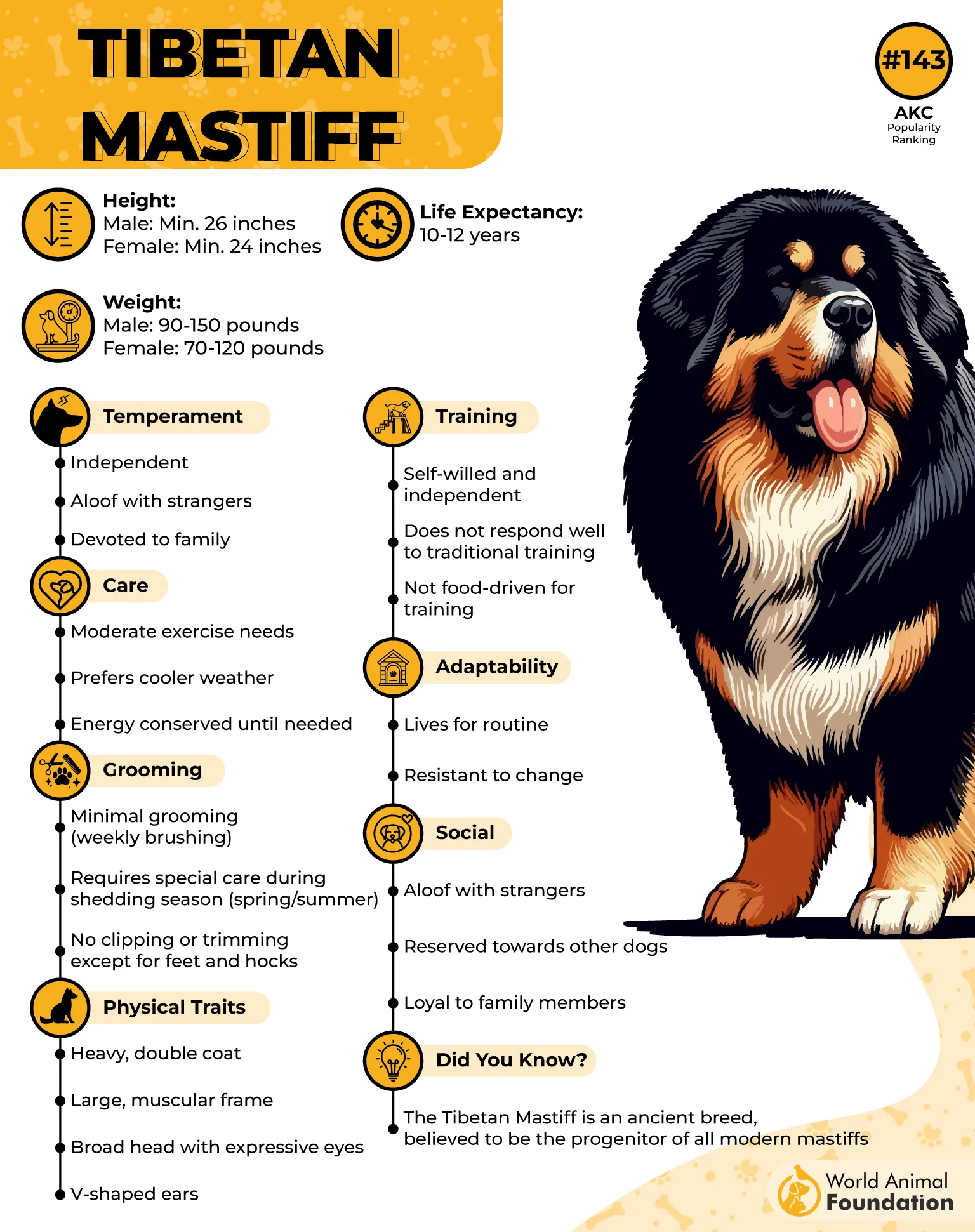
Despite their intimidating presence, Tibetan Mastiffs are devoted family protectors with a calm but independent nature. They’re happiest in cool climates where they can roam and relax without overheating.
Why Tibetan Mastiffs Are Cold-Weather Legends:
Dense, weatherproof coats built for Himalayan winters
Massive, muscular build with a lion-like mane
Prefers cooler temps and wide open spaces to roam
The Tibetan Mastiff has an aloof, watchful, and alert temperament, making it a loyal family companion. Their strong loyalty means they can be reserved around strangers, so introductions should be handled with care.
While they tend to be calm and lazy indoors, often sleeping during the day, they are more active at night. Generally quiet, Tibetan Mastiffs will bark to alert their family if something unusual occurs.
8. Norwegian Elkhound
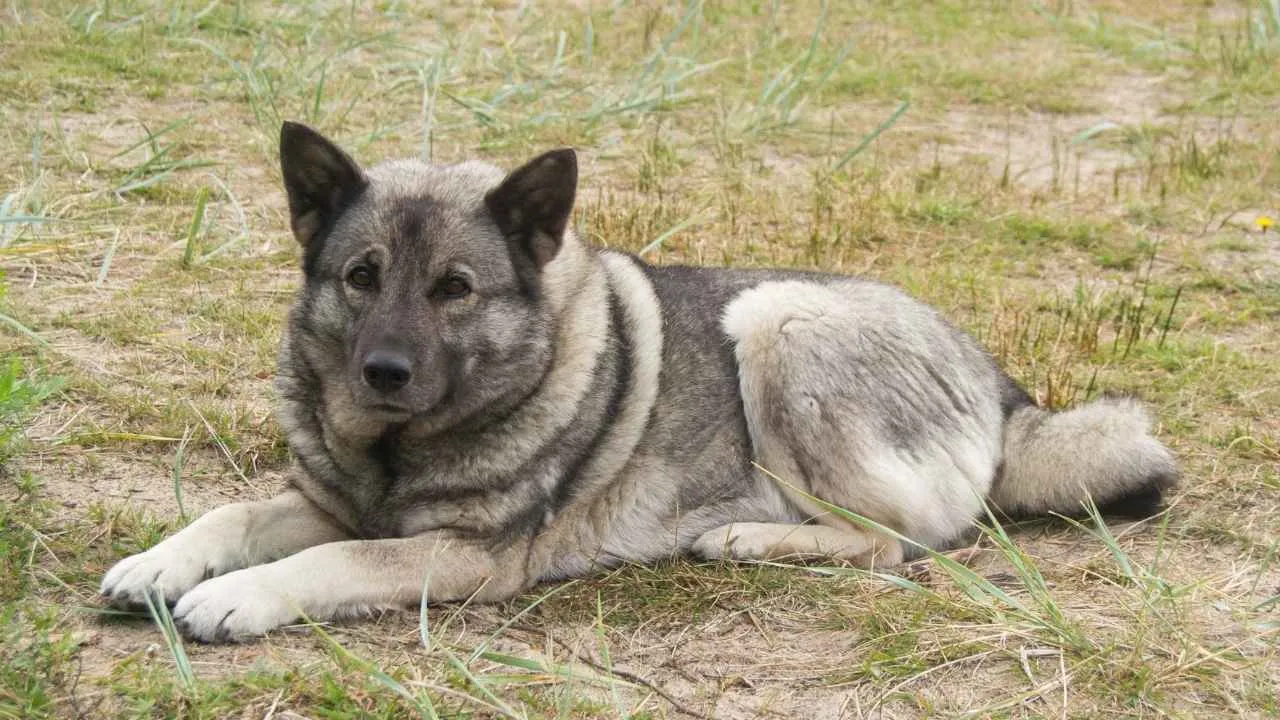
The fluffy, medium-sized breed, often called Elkies, is known for its perky ears and spirited attitude. Standing around 19 to 20 inches tall and weighing between 45 and 57 pounds, these dogs are covered in thick fur in shades of gray, black, and silver.
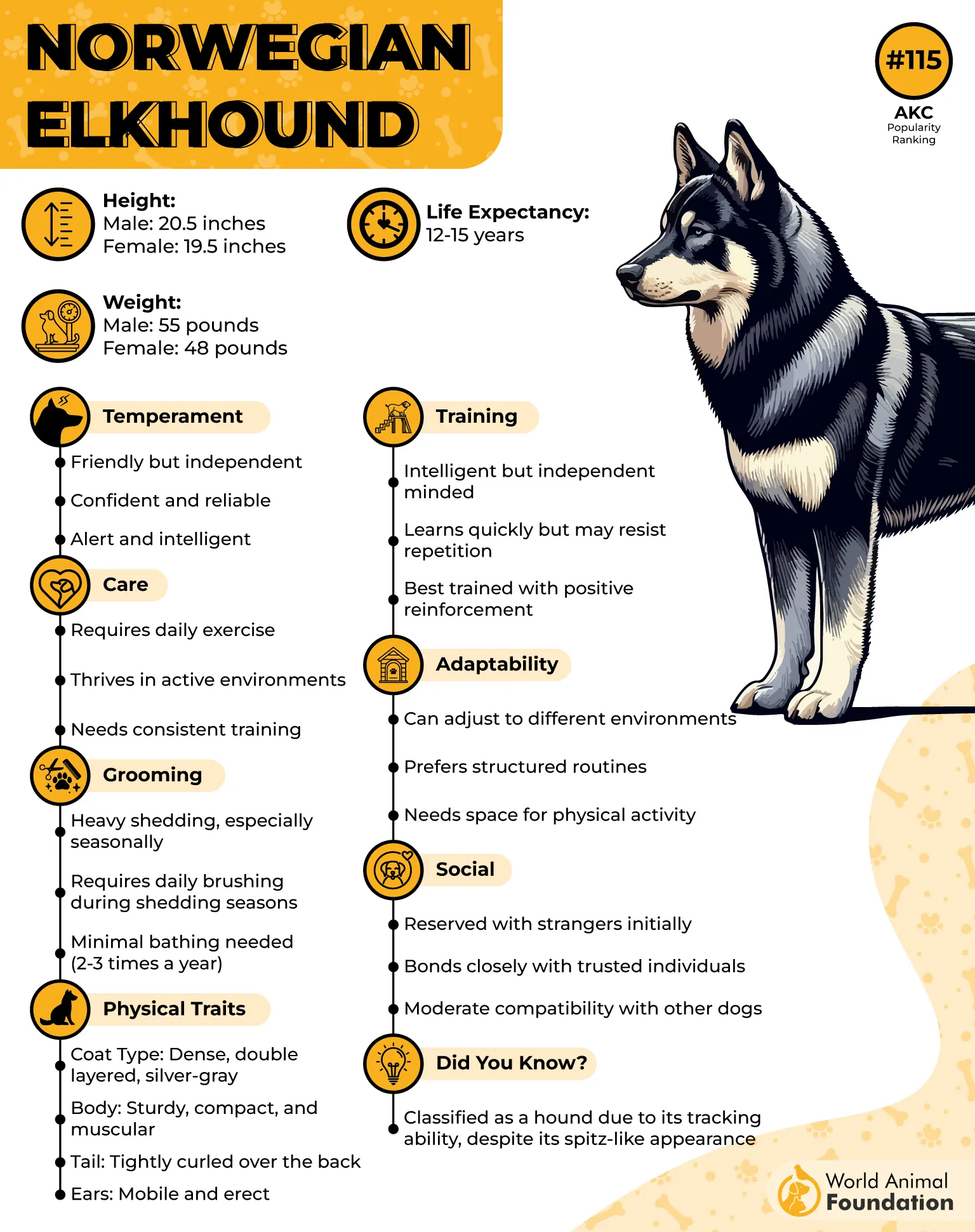
With a dense, weather-resistant double coat, this dog was built to hunt and herd in harsh Scandinavian winters. But be warned—Hillspet says these pups might be a handful for first-time dog owners. Their intelligence and independence mean they need an owner who’s ready to match their energy and smarts.
Why Norwegian Elkhounds Rule the Cold:
Energetic, intelligent, and fiercely independent
Great for active families or outdoorsy types
Can be stubborn—training and patience are a must
This breed requires about an hour of exercise daily—whether it’s running in a fenced yard, long walks, hiking, swimming, or even hunting alongside their humans. They need just as much mental stimulation as physical activity, since a bored Norwegian Elkhound can become noisy and destructive.
Their thick, coarse double-layered coat is built for cold climates, but it also means plenty of shedding—think silver tumbleweeds around the house! If you’re not up for brushing their coat for 2 to 5 minutes every day, this might not be the right breed for you.
9. Saint Bernard
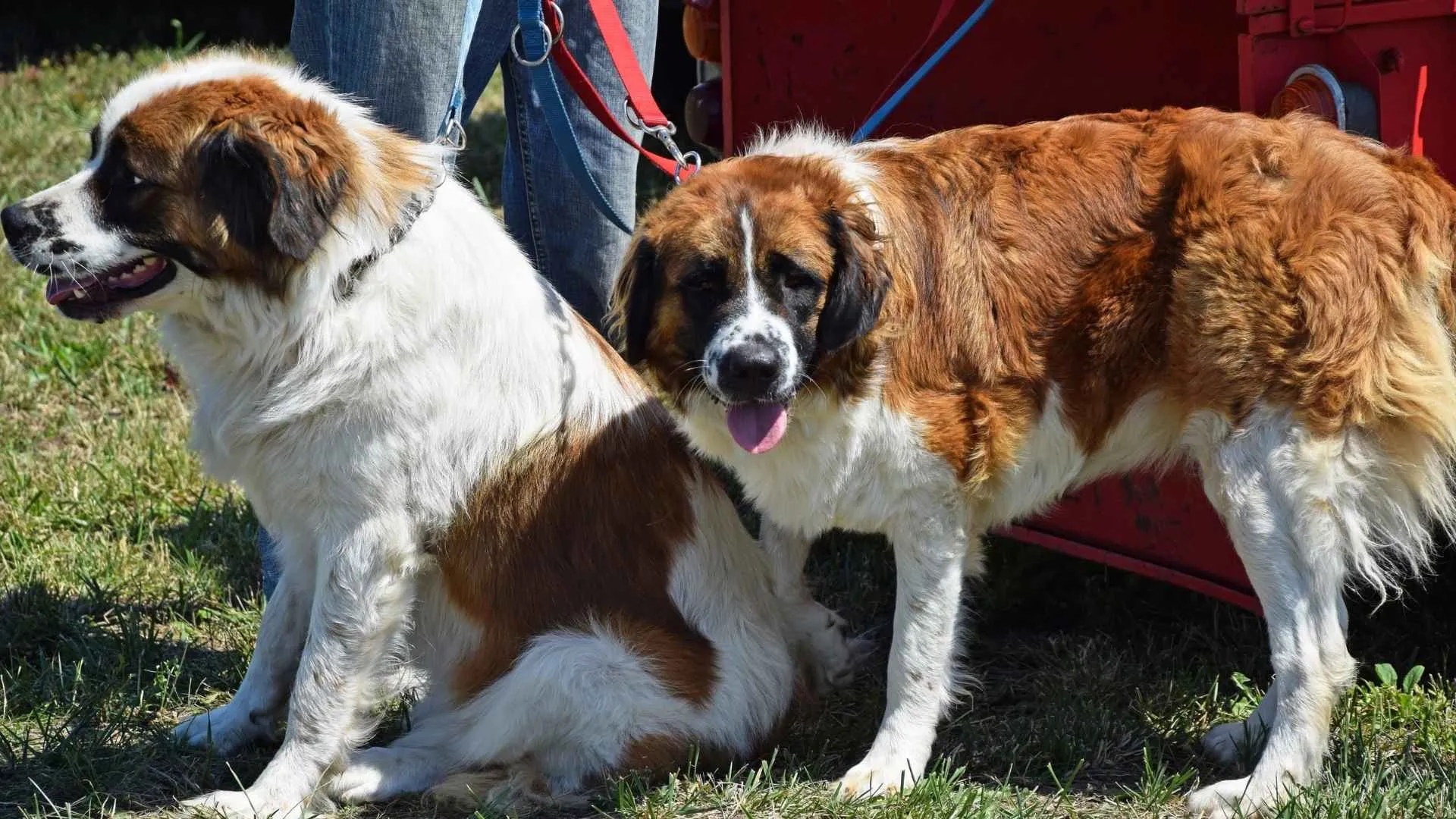
Saint Bernards are the iconic cold-weather giants you’ve seen in movies and mountain rescue tales. With their massive frames and thick, water-resistant coats, these gentle giants were bred to brave the snowy Alps and save lost travelers.
The Saint Bernard is a giant, powerful dog breed known for its impressive size and gentle demeanor. These dogs typically stand between 26 and 30 inches tall at the shoulder and weigh anywhere from 140 to 180 pounds, with some males even exceeding that.
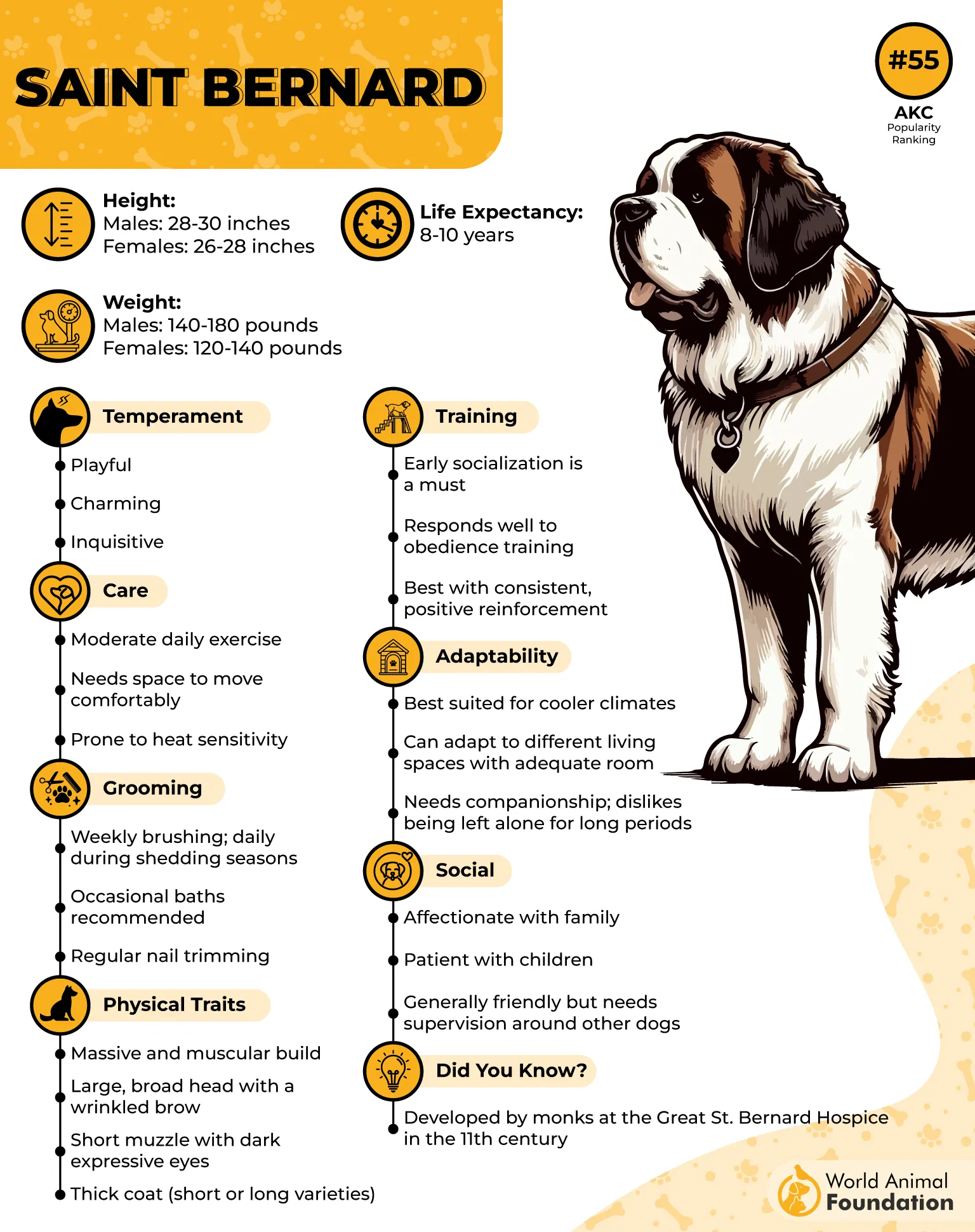
They’re calm, patient, and incredibly affectionate, making them perfect family dogs if you have the space for their size. Don’t let their size fool you—Saint Bernards are true softies who adore kids, enjoy snuggles, and won’t hesitate to flop down next to you for a cozy nap after a day of winter fun.
Why Saint Bernards Are Winter Heroes:
Large, muscular bodies with a gentle, loving temperament
Famous for their rescue skills and patient nature
Calm indoors, playful outdoors—ideal for cold-weather families
Saint Bernard dogs are generally laid-back and don’t require a lot of exercise, but they do need regular physical activity through play to stay healthy. While they’re affectionate and gentle, they can be high-maintenance pets that demand plenty of care and attention from their owners.
Conclusion
Cold-weather dog breeds are well-equipped to stay warm when temperatures drop, thanks to features like coarse coats, thick ears, and strong Nordic traits. These cold-weather breeds, including sled dogs, rescue dogs, and hunting dogs, are often working dogs or outdoor dogs that thrive in snow.
Other snow dog breeds like the Tibetan Terrier, Chow Chow, Anatolian Shepherd, and even the Shiba Inu are well-suited for winter, while pit bulls, though not typically cold-tolerant, can adapt with care.
Several breeds—many being ancient breeds—love winter and are among the best dogs for colder regions. While most dogs can tolerate some chill, only specific breeds can truly handle harsh climates, especially those with low energy needs that conserve warmth efficiently.


